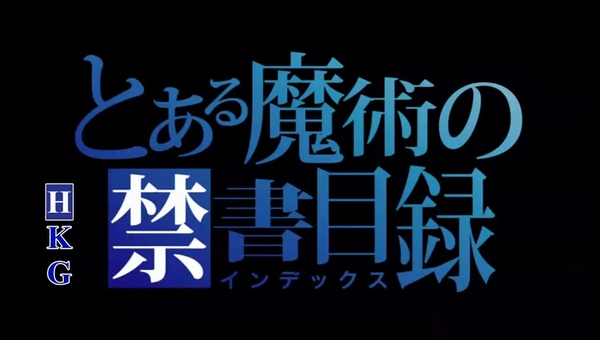TOKYO—Anime, Japan's stylized animation that has become hugely popular around the world, helped reshape the country's image as a cultural trend-setter. But behind the scenes, things aren't so rosy.
Japan's animation industry is struggling. Anime workers are unhappy, toiling long hours at low pay. Sales have been declining. On top of that, there is fast-growing competition from across Asia. Studios in China and South Korea now churn out high-quality anime-style programs, helped by cheaper labor and, in some cases, government subsidies.
The Decline of Anime
Getty Images An 18-meter robot hero from the popular animation series "Gundam" was installed in Tokyo in July.
In a nation once known for its manufactured goods, anime has grown into Japan's most popular cultural export, influencing animation artistry world-wide, with a following among adults as well as children. The anime movie "Spirited Away" won the 2002 Academy Award for best animated feature, and before that the Pokemon franchise was a television staple and box-office success in the U.S., not to mention a trading-card and merchandising frenzy.
A shrinking population of children in Japan has discouraged toy makers, television networks and other traditional sponsors from funding new programs. That has driven many anime studios—most of which are small shops—toward making animated soft porn and violent movies targeted at adult audiences. At the same time, YouTube and other free Internet services have hurt sales of DVDs. Sales of Japanese-made anime DVDs slid 18% from a year earlier to 72.8 billion yen (about $800 million) in 2008, after peaking at 93.7 billion yen in 2006, according to the Japan Video Software Association, a trade group.
Morale is low. Industry executives estimate nine out of 10 new workers quit within three years, with the many talented employees leaving for better-paying jobs in areas like videogames. A survey conducted this year for industry executives showed that animators in their 20s made just 1.1 million yen ($11,000) a year on average, while those in their 30s earned 2.1 million yen.
Yasuna Tadanaga, 23 years old, left her position as an animator at a small Tokyo studio last year, only six months after landing what she thought was her dream job. To meet deadlines, Ms. Tadanaga worked 13 to 14 hours each day. During one month, she was given just one day off.
3:30A new generation of anime workers in Japan are struggling to stay afloat in a declining industry.
"The unspoken understanding was we worked on weekends because we loved the work," Ms. Tadanaga said. "We had to have a very good reason to take a day off."
Most young animators work as freelancers and often lack benefits. Many are paid by the number of sketches they produce, and that price has changed little in three decades.
Rie Otani, 22, grew up watching anime after school and dreamed of becoming an animator. After two years of training at a trade school, she joined Telecom Animation FilmCo., a Tokyo studio that participated in the production of "Spirited Away."
But like creative professionals starting out in competitive industries elsewhere, she discovered that the job involved more drudgery than glamour. Her contract position as an entry-level animator requires her to stare at a computer screen for nearly 12 hours a day.
Ms. Otani's goal is 300 sketches a month, and her monthly take-home pay sometimes falls below 100,000 yen ($1,050).
A History of Japanese Anime
"I enjoy working with all these people who all love anime," says the tall, pony-tailed Ms. Otani, who draws pictures that connect key sketches to create moving images. "But I make so little money, and I worry if I can ever leave my parents and start on my own."
Even the president of Telecom Animation expresses some dismay about the state of the anime world. "The industry has become decadent and fatigued," says Koji Takeuchi, president of Telecom Animation, which is housed in an aging suburban building above a grocery store. "So many pieces are dark and oppressive, and the message of hope and fun is no longer there."
Mr. Takeuchi says his studio has taken steps to help its young employees, such as providing a more affordable health-insurance plan. He says he also promotes skilled animators to permanent positions.
The Japanese government says it is trying to support the industry, with plans to increase spending on education and training young animators and allocating more funds toward film marketing. But nurturing home-grown talent has become more difficult as Japanese companies increasingly outsource anime drawing to studios in China, South Korea and Vietnam, where labor costs are lower.
Osamu Yamazaki, a 47-year-old director of anime films, worries that moving the production process overseas will diminish Japan's ability to cultivate creative talent.
"People have tremendous power by just being young," he says. "Without young blood, we'll lose our ability to think flexibly and creatively."
Write to Yuka Hayashi at yuka.hayashi@wsj.com















![[SB124894486860193163]](http://s.wsj.net/public/resources/images/OB-EH544_0824ja_D_20090824032948.jpg)











